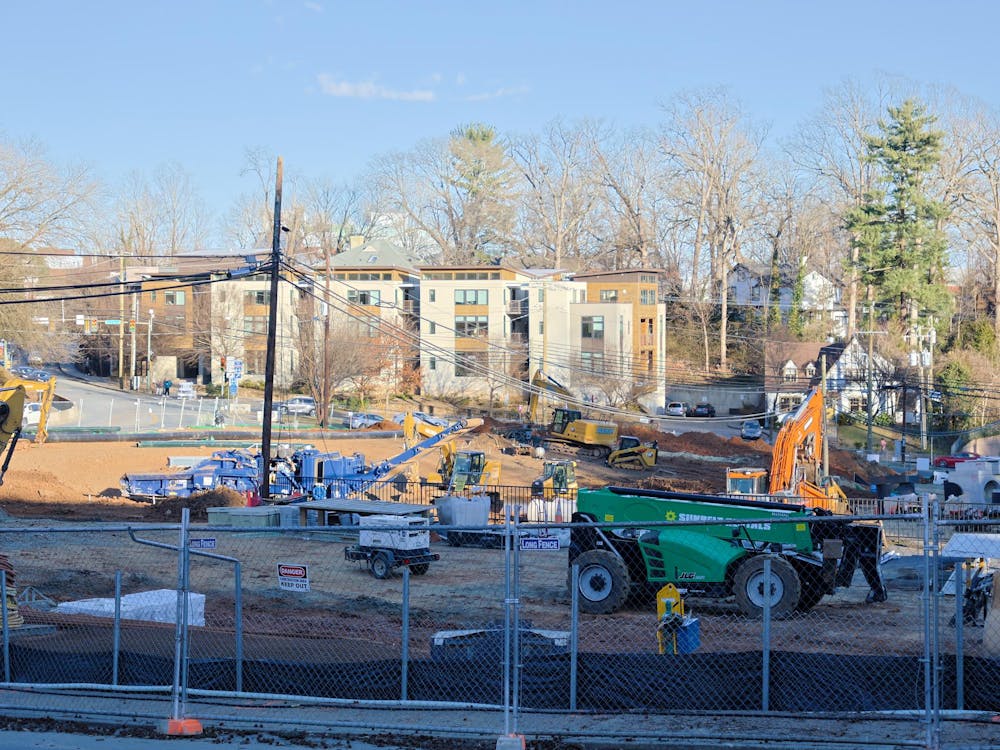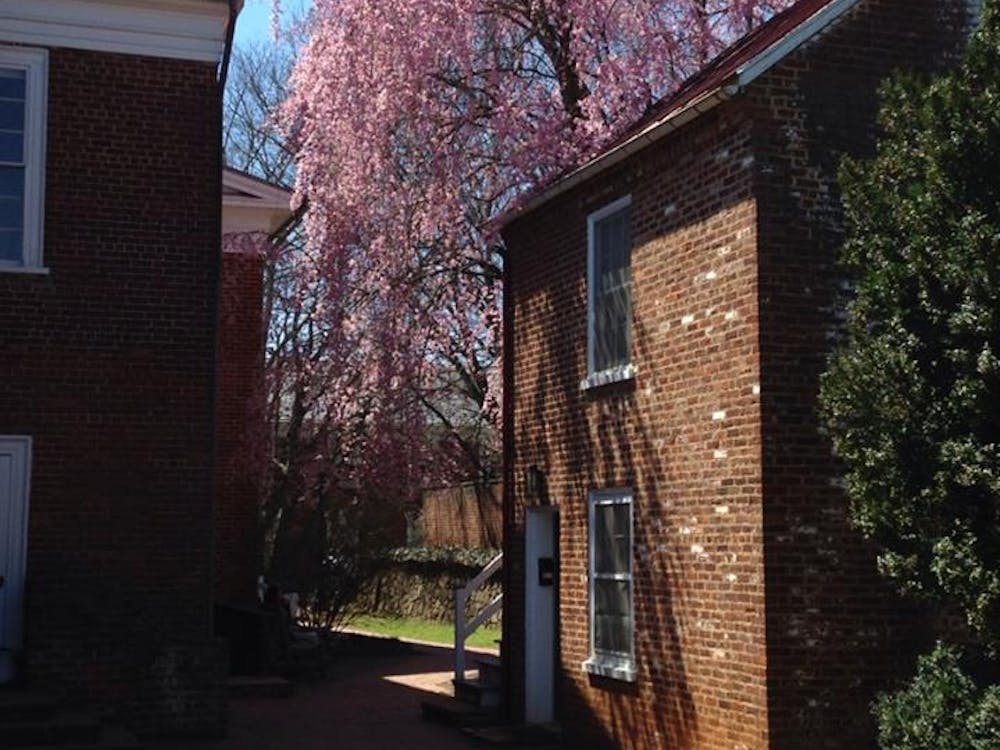Our city elections are about to change. On Sept. 3, the Charlottesville City Council approved the adoption of ranked choice voting for next year’s June Council primaries — a decision that should be applauded for its transformative potential. But while ranked choice voting is certainly a path to more inclusive and participatory elections, it is not without pitfalls. Specifically, the system can be counterintuitive and create unnecessary knowledge barriers. Thus, in order to counteract such pitfalls, the Council must carefully consider the shortcomings of other localities and institute a comprehensive, educational framework which promotes voter understanding of and participation in this new system.
A ranked choice voting system involves ordering your preferences for candidates. After the first round, the candidate with the fewest top preference votes is eliminated, and the second preference listed for all voters who ranked the eliminated candidate is taken into account instead. Round by round, the candidate with the fewest top preference votes is eliminated, with votes for their next highest preference being added to that candidate’s tally. This continues until one candidate has a majority of votes. That candidate is then elected to the position.
Though this system may seem complicated, ranked choice voting can be exceptionally beneficial — overall, ranked choice voting increases voter turnout and enthusiasm. Because there is greater opportunity for several candidates to run, ranked choice voting allows for a multiplicity of political positions. For example, in Minneapolis, after the city adopted ranked choice voting, the number of candidates for election nearly doubled, and the races became more competitive. Beyond just intellectual diversity, people from different identitarian backgrounds are more likely to run for office under a ranked choice voting system. Additionally, ranked choice voting reduces political polarization, leading voters to perceive elections which use ranked choice voting to be more civil. Overall, the usage of a ranked choice voting system in Charlottesville and elsewhere broadens the marketplace of ideas and ensures a greater representation of voters’ political opinions.
While the benefits of ranked choice voting are numerous, the implementation of ranked choice voting has not always been as sunny as its theoretical underlying promises. For example, the University has used ranked choice voting for over 20 years for student self-governance elections, and not always with complete success. Specifically, engagement in student elections remains abysmally low — the largest viewership of any streamed Student Council Presidential debate in the last four years was just 13 percent, and less than 18 percent of the student body voted in the Presidential election in February.
At the University, however, the culprit in low turnout is not ranked choice voting itself. Rather, a lack of institutional support for and education about student voting have contributed to the limited success of ranked choice voting. Without sufficient support and education for ranked choice voting, people are left with limited knowledge about the voting system. The lack of understanding then breeds lackluster motivation to participate in the election, ultimately limiting turnout despite a system with the potential to be so much more politically inclusive. Learning from the limited success of ranked choice voting at the University, the Council must actively advertise the changes in the voting system for the upcoming 2025 election so that voters can approach the elections with enthusiasm and knowledge.
For specific lessons on how to improve their educational framework, the Council should look to Arlington, Va. In 2020, Arlington became the first city in Virginia to enact ranked choice voting. Though overall positive, there have been challenges in the rollout of ranked choice voting — in a recent survey in Arlington, only 56 percent said they had heard about and understood ranked choice voting and only 27 percent said they had received their information from the Election Office Education Campaign. The limited efficacy of Arlington’s Election Office outreach can arguably be blamed on their methods. All of their educational strategies placed the onus of action squarely on the voter, ostracizing those without the motivation or time to do detailed research on the system and its candidates.
Ultimately, the Arlington County Board unanimously renewed its approval of ranked choice voting three years after it was instituted, a testament to its overall popularity and success. Nevertheless, whether it be in Arlington, at the University or in Charlottesville, the burden of voter education for ranked choice voting must rest on the administrative officials themselves. Sufficient voter education means proactive outreach by our government to all potential voters. In this way, the Council should build on the framework of Arlington’s online tools by also organizing door-to-door and community events that seek to inform all eligible voters. This will help the Council optimize the launch of their ranked choice system.
Ranked choice voting may seem like a novel concept to many, but beyond our University or even our state or country, it has long been a popular electoral method — Australia, Ireland and New Zealand have used the system with enthusiastic and multi-partisan success. Given the success of ranked choice voting elsewhere in America and abroad, ranked choice voting will likely animate Charlottesville voters and improve our elections. For this to be the case, however, the Council must take time and effort to build a substantial framework for outreach and education. As they say, Rome — or a ranked choice voting system — was not built in a day.
The Cavalier Daily Editorial Board is composed of the Executive Editor, the Editor-in-Chief, the two Opinion Editors and their two Senior Associates. The board can be reached at eb@cavalierdaily.com.







